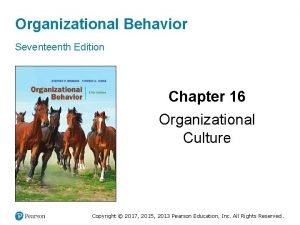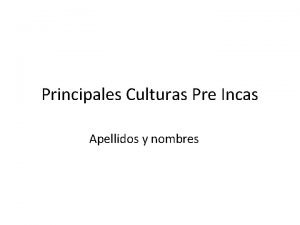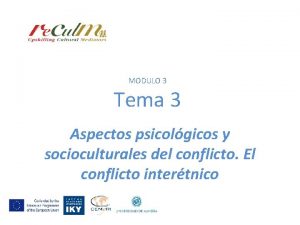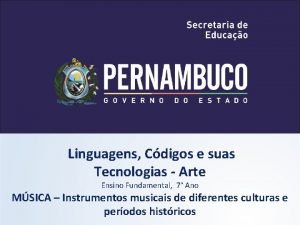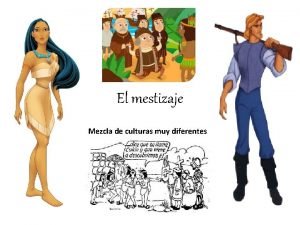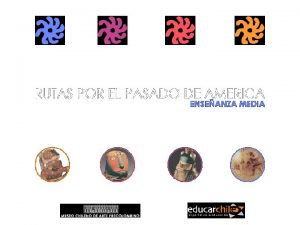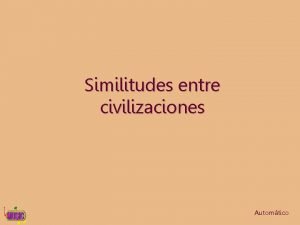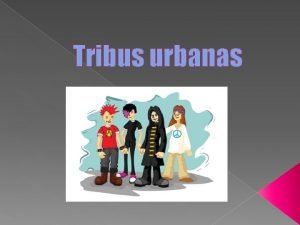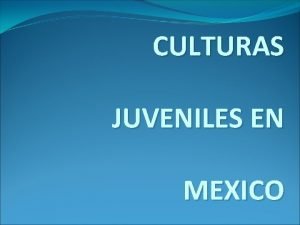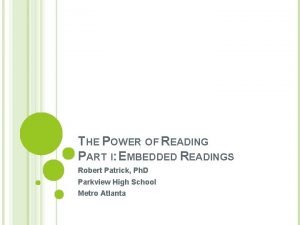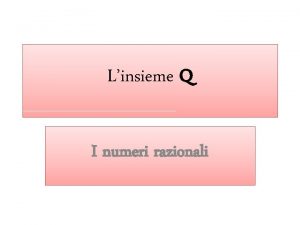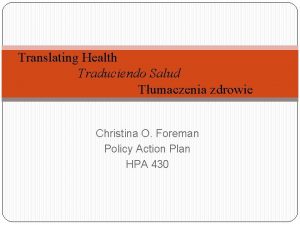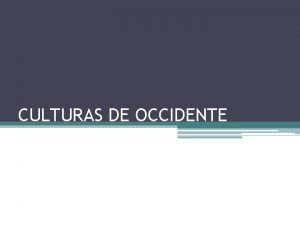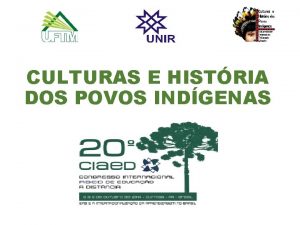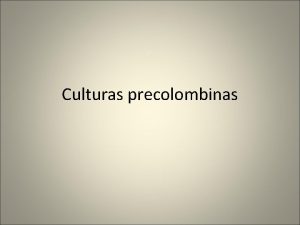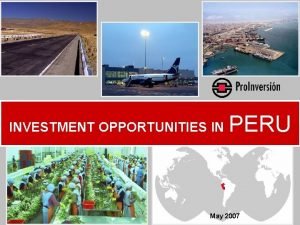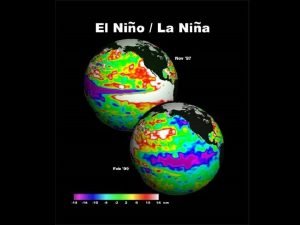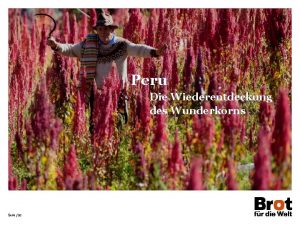Traduciendo Culturas Per Translating Cultures Peru Translating Cultures















- Slides: 15

Traduciendo Culturas Perú / Translating Cultures Peru “Translating Cultures: The legislated mediation of indigenous rights in Peru” Rosaleen Howard, Newcastle University Raquel de Pedro, Heriot-Watt University Luis Andrade, PUCP

Research partners • Viceministry of Interculturality, Indigenous Rights Office, Indigenous Languages Division (DLI) - Ministry of Culture, Peru • Servicios Educativos Rurales (SER), Peru

Sociolinguistic context Geographical distribution of Peru´s indigenous languages: Andes and Amazonia • 47 languages • 16 language families – 26 vital – 3 endangered – 18 seriously endangered • Official “in the zones where they predominate” Documento Nacional de Lenguas Originarias (MINEDU, 2013)

Institutional and legislative context • 2010 Creation of Ministerio de Cultura (Ley Nº 29565). • 2011 Ley de Lenguas (Languages Act) passed (Ley 29735 Ley que regula el uso, preservación, desarrollo, recuperación, fomento y difusión de las lenguas originarias del Perú) • 2012 Creation of Indigenous Languages Division within the Viceministry of Interculturality, Ministry of Culture – Language policy responsibilities extended from Ministry of Education to Ministry of Culture • 2012 Launch of training courses in Translating and Interpreting in Indigenous Languages, for Consulta Previa in first instance; 8 courses have run to date

AHRC Translating Cultures theme

General aims Within the context of actions taken by the Peruvian State and civil society organizations to implement the 2011 Languages Act … • To examine and to interpret the processes of translation and interpreting between Spanish and the indigenous languages that are taking place in public service and prior consultation settings in Peru

Basic premises That translation and interpretation are not merely processes of linguistic transference The analysis of translation and interpretation processes needs to take account of the particular social dynamic in which they arise, and in which they are both culturally and politically rooted Further particularities emerge in Peru, due to the inequalities between indigenous and nonindigenous sectors of the population arising from a long and deep history of colonization

Initial questions • What is the nature of the translation and interpreting training programme for speakers of indigenous languages in Peru? • Who are the trainees? • After graduation from the programme how do they exercise their professional skills? • How does interpretation work as a means to overcome communication difficulties in public service and prior consultation settings? • What conceptual difficulties arose in the process of translating the Languages Act from Spanish into the indigenous languages? • How are these translations disseminated to and received by the communities where the languages are spoken?

Research methods Activity facilitated by the Indigenous Languages Division team as Project Partners • Observation and participation in government sponsored events and activities • Interviews and focus groups with interpreter trainees, trainers, policy makers, and indigenous leaders – in Lima, Cuzco, Puno, Huaraz, Puerto Maldonado and Pucallpa • Participation and consultation in internal meetings of the Indigenous Languages Division • Analysis of the translations they made of the Ley de Lenguas into Aymara, Quechua x 2, Ashaninka, Shipibo – with the respective translators

Contributions by the research team • First National Encounter of Translators and Interpreters in Indigenous Languages, Lima, 2022 February 2015, UNMSM – Talk on community interpreting - Raquel – Talk on language policy in the UK – Rosaleen – Modertor on panel on community interpreting - Luis

Participation and observation • 8 th Training Course in Interpretation and Translation in Indigenous Languages. Quillabamba, Cuzco, 17 Aug – 4 Sept 2015, convened by the Indigenous Languages Division. • Talk on interpreting ethics • Workshop on translation • Focus group on language rights • Moderation of final debate

Main themes emerging from the project • The complex role and identity of the State trained translators and interpreters: combining linguistic and cultural activism with professional translation and interpretayion activity • The work of interpretation in Prior Consultation settings: realities of the case • Translations of the Languages Act: sociocultural processes, textual products, reception

Gracias! Thank you! Diospagarisunki! Pasonki!


“Una palabra como ´motín´, por ejemplo, carece de explicación en awajún o wampís. O ´alevosía´, que no tiene ningún sentido, porque no existe la idea de mayor o menor gravedad en un delito. ´ ´Si robas, robas; y si matas, matas´, explica Isaac Paz. ” (Roca Basadre 2014: 16).
 Spiritual organization
Spiritual organization Período precolombino de honduras
Período precolombino de honduras Apellidos ayacuchanos
Apellidos ayacuchanos Las organizaciones tienen culturas uniformes
Las organizaciones tienen culturas uniformes Alsuper 3 culturas
Alsuper 3 culturas Culturas de alto y bajo contexto
Culturas de alto y bajo contexto Instrumentos musicais diferentes culturas
Instrumentos musicais diferentes culturas Culturas fuertes y debiles
Culturas fuertes y debiles Mezcla de culturas diferentes codycross
Mezcla de culturas diferentes codycross Mesoamerica culturas
Mesoamerica culturas Similitudes entre civilizaciones antiguas
Similitudes entre civilizaciones antiguas Que son las tribus urbanas
Que son las tribus urbanas Culturas juveniles emos
Culturas juveniles emos 186 282 miles per second into meters per second
186 282 miles per second into meters per second Multas per gentes et multa per aequora vectus
Multas per gentes et multa per aequora vectus Moltiplicazioni con numeri periodici
Moltiplicazioni con numeri periodici
